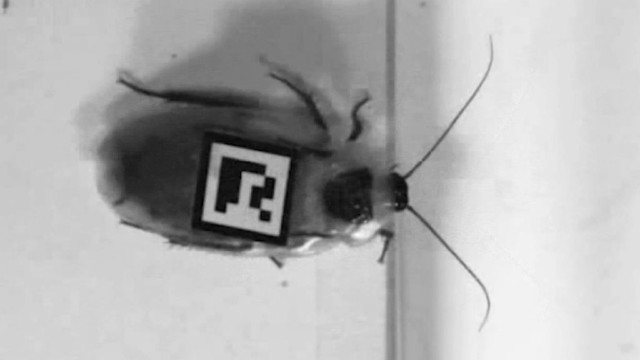For hundreds of years, scientists have been studying the elegant secrets of flight by analyzing bird movements, and the design of their feathers. Now, professors are helping robots to learn how to move, by studying one of the earth’s most successful, yet most despised creatures.
CGTN’s Daniel Ryntjes reports.
These days robots, including those developed by firms like Boston Dynamics, move eerily like real dogs, bulls and horses. And they can slip up, too. Mechanical engineers are improving robot performance by studying how animals cope with obstacles in their path.
Professor Chen Li from the Terradynamics Lab at Johns Hopkins is focusing on a creature that has been scuttling over objects many times its own size, for at least 200 million years. The cockroach.
“There are a lot of things like fallen leaves or branches or even little rocks and pebbles that to them are like a huge pile of 3D obstacles,” said Chen Li, Assistant Professor from the Department of Mechanical Engineering at John Hopkins University. “But regardless, they can still move very well through them. So our knowledge of how animals can do this kind of locomotion in complex terrain is still very limited.”
Li and his team of researchers are looking at the many ways cockroaches contort their bodies as they move about. They are hoping that by studying the minute movements of these little creatures, that one day they’ll be able to send robots into earthquake zones to locate people stuck in the rubble.
They are prototyping technology to help advanced robots for military applications, to one day monitor environmental changes in dense forests, clear our blockages in a building’s air conditioning ducts or even to explore distant planets.
“When you actually put different types of these obstacles together, how animals make active adjustments to basically change their behavior in response to the environment. So, that’s the next big thing that we are after.” added Professor Chen Li
Li’s team is studying the ways in which cockroaches tackle random obstacles – so that the robots of the future can deal with just about anything in their path.
 CGTN America
CGTN America

